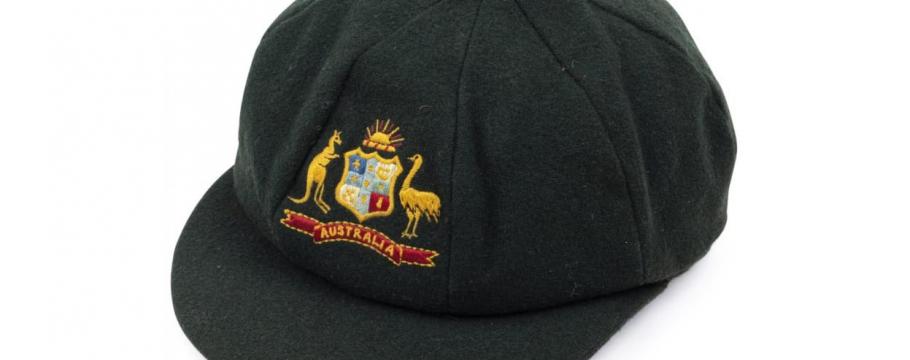
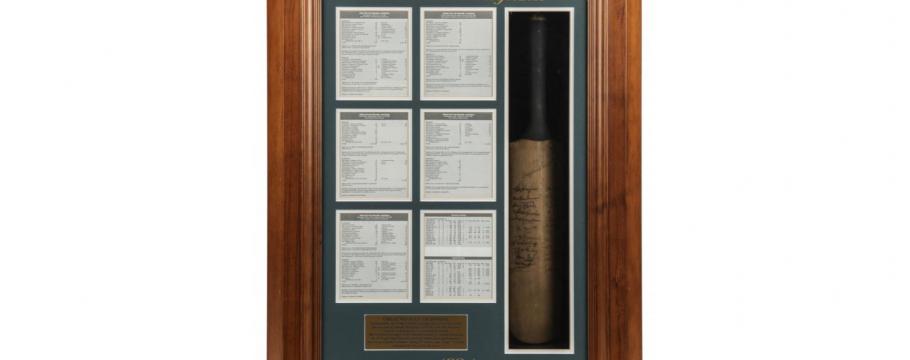
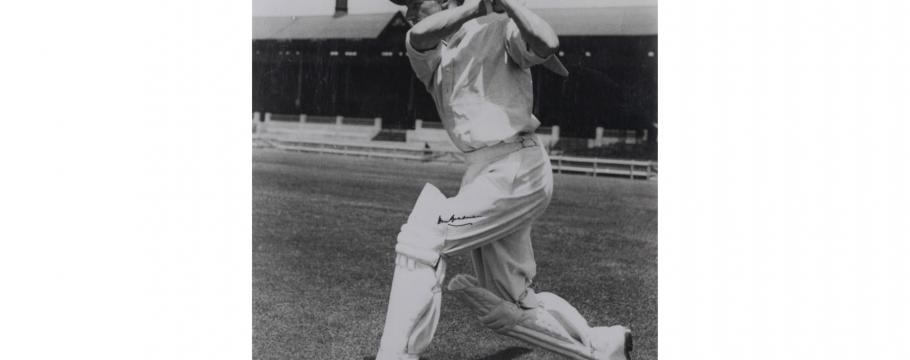
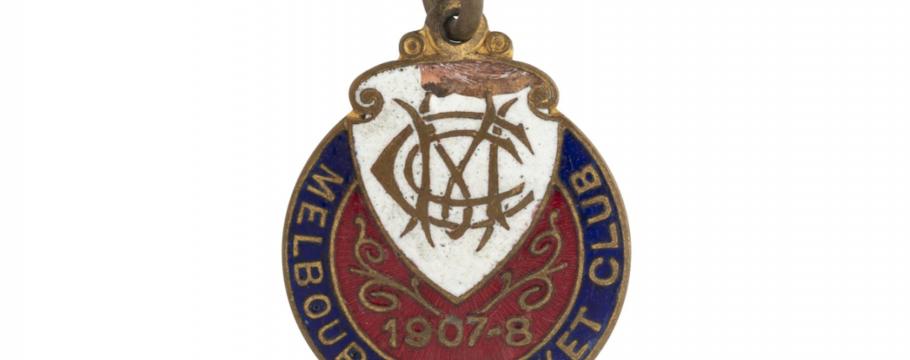
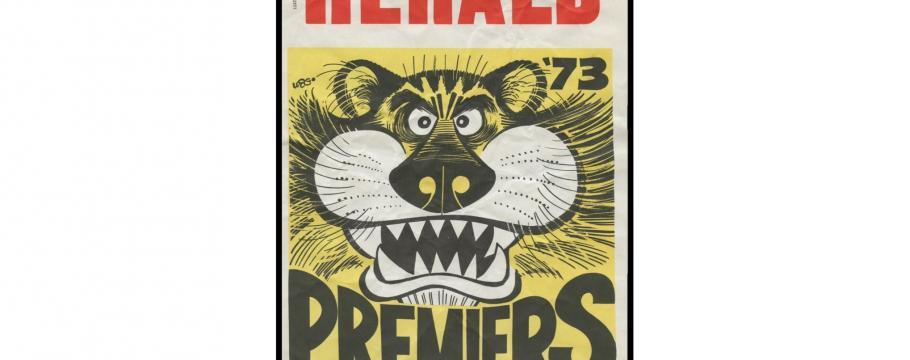

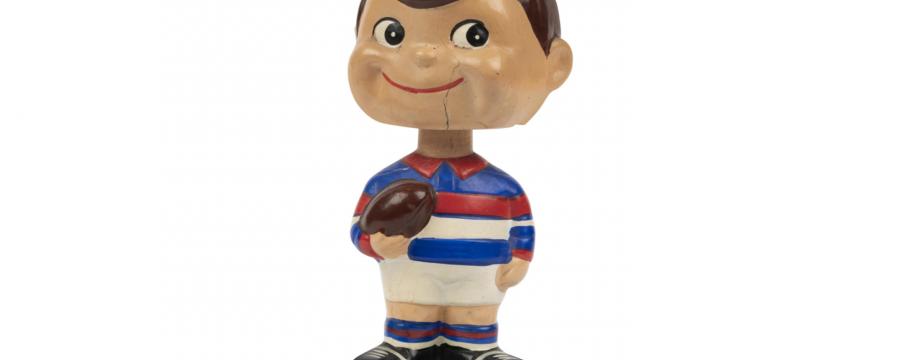
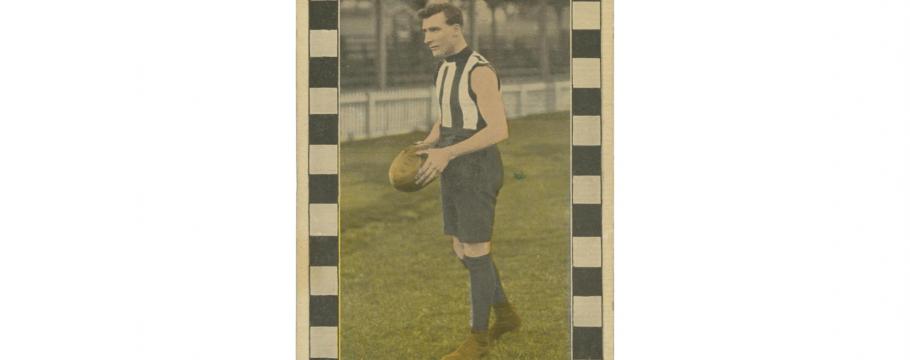
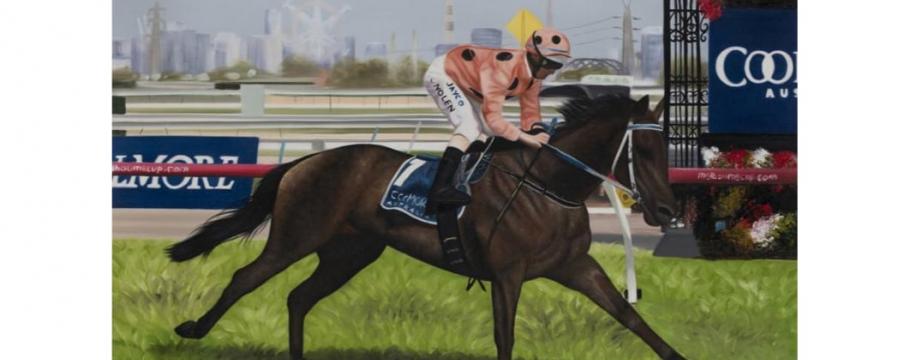

Australian sporting memorabilia in sharp auction focus
Author: Richard Brewster | Posted: 8th June, 2021
As a leg spin bowler and lower order batsman, the late Terry Jenner played nine Tests for Australia and one One Day International match between 1970 and 1975.
Despite reasonable performances with both bat and ball (his best figures were 5/90 and 74 runs in different Tests), he was never a regular member of the Australian team.
However, in latter years Jenner was a leg-spin coach to many international players and a great influence on Australian leg-spin legend and record holder Shane Warne.
Jenner suffered a massive heart attack in April 2010 and died in May the following year, aged 66.
His baggy green Test cap (lot 153) is among more than 1450 items to be auctioned at Abacus Auctions forthcoming Sporting Memorabilia & Collectables, Coins, Banknotes, Medals & Militaria two-day sale from 10am Thursday June 17 and continuing at the same time Friday June 18 at 29 Hardner Road, Mount Waverley.
Because of current Victorian Government COVID-19 restrictions, the auction will be conducted online.
However, Abacus Auctions is hoping restrictions will be lifted in time for a small number of bidders to be present in the rooms and is urging auction goers to constantly check its website for viewing and attendance updates.
Sporting memorabilia head Max Williamson also is providing video displays of boxed lot numbers for those auction goers visiting the website.
The sporting memorabilia section comprises the auction’s first 680-odd lots and features such highlights as a match-used bat (lot 62) signed by its owner outstanding English batsman Elias “Patsy” Hendren and the English and Australian team members of the 5th Test in the 1938 Ashes series – when England scored 7 declared for 903 runs.
The previous lot (61) features an attractive corner display case with the results of 1934 Tests and averages between the two countries with a miniature bat signed by players of both teams.
There is an interesting black and white photograph (lot 122) of Australian cricketing icon Sir Donald Bradman in full batting flight and a 1907-08 Melbourne Cricket Club membership badge (lot 106) for those buyers who love affordable nostalgic memorabilia.
Australian Rules football memorabilia is always popular and, with Richmond Football Club the reigning premiers, a 1973 Richmond premiership poster (lot 223) by the late cartoonist Weg in Melbourne’s afternoon daily newspaper of the day, The Herald, as part of a red album collection is bound to appeal.
The 1918 Leading Goalkicker Medal (lot 255) won by Carlton’s Ern Cowley and awarded retrospectively in 2004 to his family is another interesting attraction.
Cowley came to Carlton from the Victorian Football Association club Brunswick and topped the Victorian Football League’s goal kicking with 34 goals in his first season. He played another year with Carlton before returning to the VFA.
Cowley also was a proficient baseball pitcher who represented Victoria in interstate competition and invented the football game Austus – a combination of Australian and American football played between Australians and visiting American servicemen during World War II.
Other interesting sporting memorabilia items include a 1960s bobblehead figurine (lot 290) in Bulldog colours made in Japan by Grizelle, cigarette and trade cards such as lots 376 (South Melbourne Football Club) and 385 (Collingwood’s Dick Lee who played 230 games, 1906-1922), an oil painting (lot 531) of champion Australian horse sprinter Black Caviar who was never defeated in 25 races and a Phar Lap print (lot 535) with photo images of his four victories over the 1930 Melbourne Spring racing carnival including the Melbourne Cup.
Unusual is lot 798 – a Western Australian plate of six crinoid fossil specimens featuring Jimbacrius bostocki from the Permian Period 280 million years ago.
Jimbacrinus had five arms lined with fine tentacle-like structures called pinnules. Echinoderms with mineralised skeletons first became fossils about 540 million years ago and today there are still about 600 species of crinoids on Earth.





